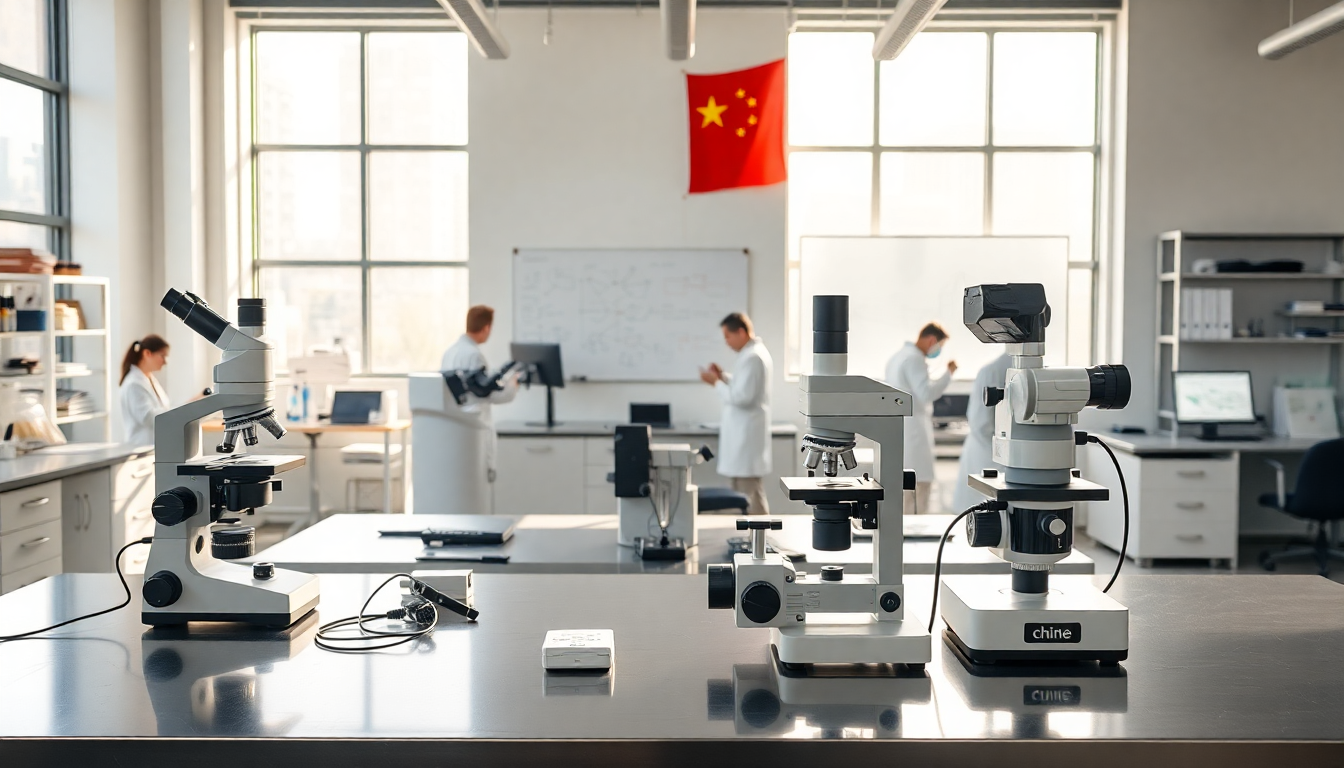Table of Contents
The US-China Science and Technology Cooperation Agreement (STA) marks a pivotal moment in the relationship between two of the world’s largest economies. Established back in 1979, this agreement laid the groundwork for cross-border collaboration in scientific and technological fields. But what does the STA really entail? Let’s dive into its key components, how it has evolved over the years, and the challenges it faces in today’s dynamic geopolitical environment.
What Makes the STA Tick?
At its core, the STA is built on several fundamental elements designed to foster effective collaboration between the United States and China. For starters, it encourages government-to-government cooperation through various ministries, agencies, and laboratories, creating a solid institutional framework. But that’s not all—academic exchanges play a crucial role too, helping researchers move freely and collaborate on joint projects across both nations. Doesn’t that sound like a win-win?
Moreover, the STA sets up joint working groups that focus on critical areas such as health, agriculture, energy, and environmental science. These groups are essential for sharing knowledge and resources, enabling both countries to tackle global challenges more effectively. One of the standout features of the agreement is its provisions for data sharing, funding coordination, and protecting intellectual property. These mechanisms are vital to ensure that innovations benefit both sides fairly.
Looking back, the STA has acted as a diplomatic bridge—signifying the first formal engagement between the US and China after normalization. In a time when political relations were still shaky, scientific collaboration emerged as a stable avenue for building trust and understanding. The success of the STA in nurturing this relationship has had a lasting impact on global science diplomacy.
Navigating Geopolitical Challenges
Fast forward to today, and the STA finds itself in a complicated position amid national security concerns, economic competition, and rising techno-nationalism. Issues like espionage, intellectual property theft, and cybersecurity fears have become more pronounced, pushing both countries to rethink the openness that once defined the agreement. Have we reached a tipping point?
As the US and China compete for technological dominance—especially in sectors like artificial intelligence, life sciences, and semiconductors—the stakes have never been higher. Ironically, the very qualities that made the STA successful—openness and collaboration—are now viewed by some as potential weaknesses. This shift has ignited debates about the extent of US engagement with China, with many seeing China as a strategic competitor.
Real-life stories highlight these tensions. Back in the mid-2000s, during a delegation visit to Beijing, a US scientist showcased groundbreaking research in clean coal technology, which sparked enthusiastic interest from the Chinese side. However, concerns about commercialization without proper intellectual property protections led to hesitance from the US team. This incident perfectly illustrates the fine line between opportunity and risk that defines the STA’s operational environment. In response, an agreement known as the CERC (Clean Energy Research Centre) was established to address these issues, ensuring that new intellectual capital developed under the program came with the right protections.
What’s Next for the STA?
As we gaze into the future, the STA’s success will depend on how both nations navigate the complex web of geopolitical challenges while fostering genuine scientific collaboration. With global issues like climate change, public health emergencies, and rapid technological innovation on our doorstep, the urgency for cooperative efforts has never been greater.
For the STA to flourish in this intricate landscape, it will need to adapt to the evolving dynamics of international relations. This includes strengthening protections for intellectual property, enhancing transparency in collaboration, and cultivating an atmosphere of mutual respect and trust. By tackling these challenges head-on, the STA could not only survive but thrive, setting a precedent for future partnerships that prove science and technology can bridge divides and promote a more connected world.
In conclusion, the US-China Science and Technology Cooperation Agreement stands as a powerful example of what collaborative efforts can achieve in tackling global challenges. While the geopolitical landscape presents undeniable hurdles, the foundational elements of the STA offer a roadmap for navigating the future of US-China relations through the lens of science and technology. Can we look forward to a more united front in the pursuit of innovation?


